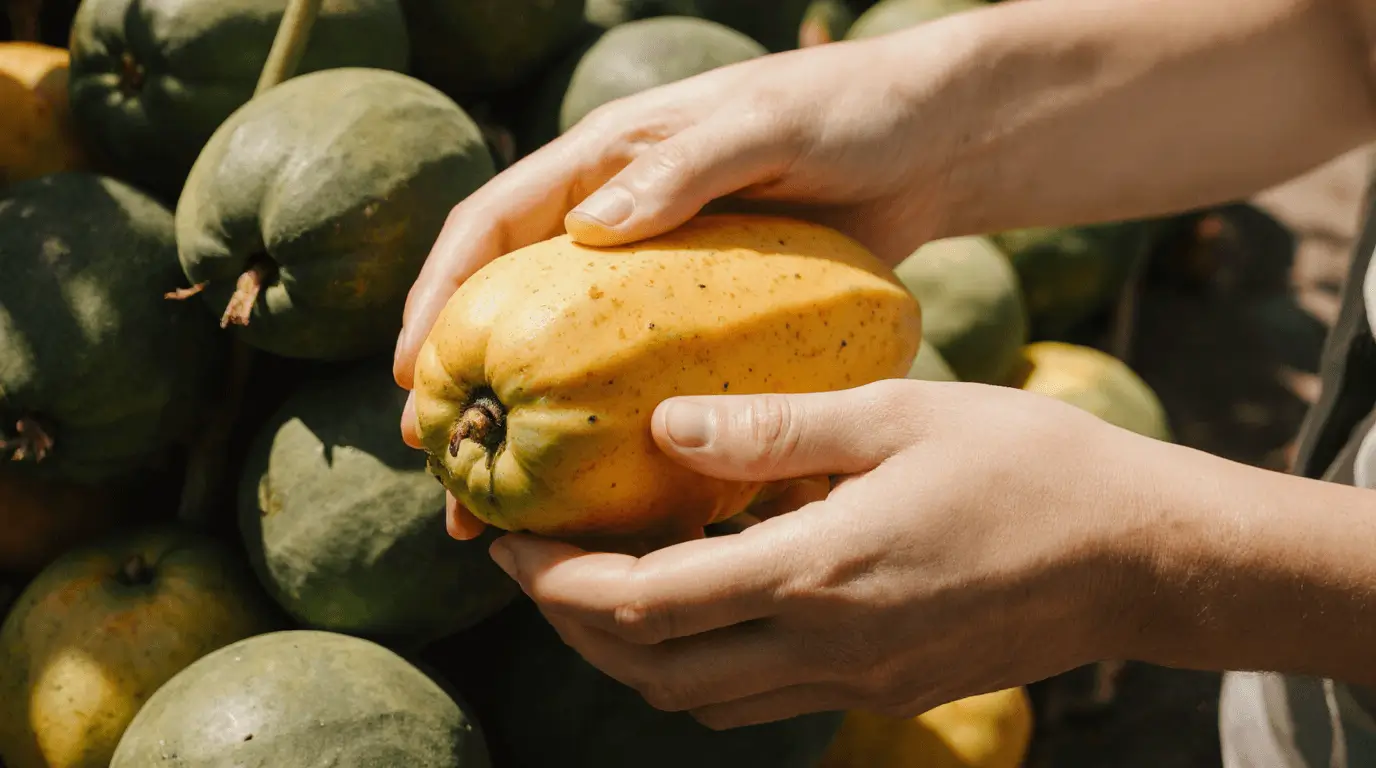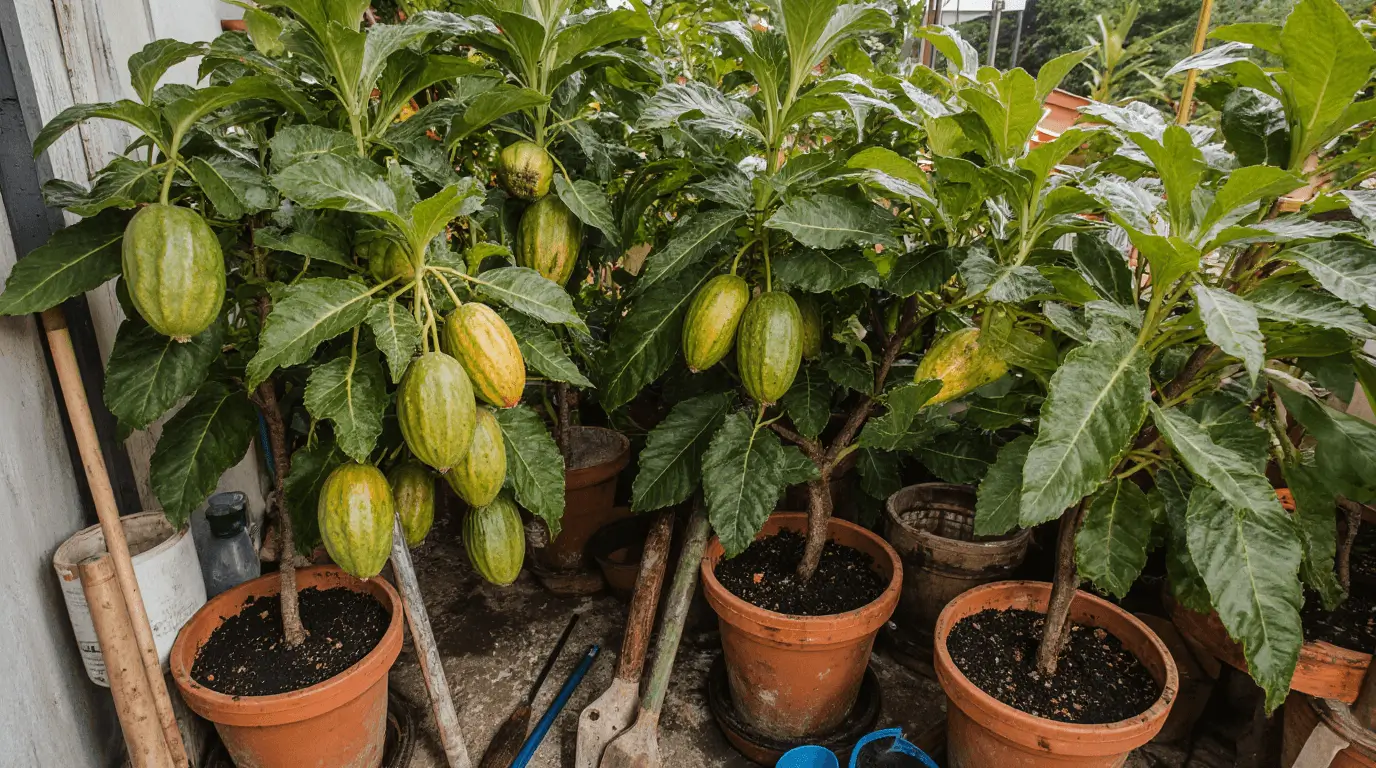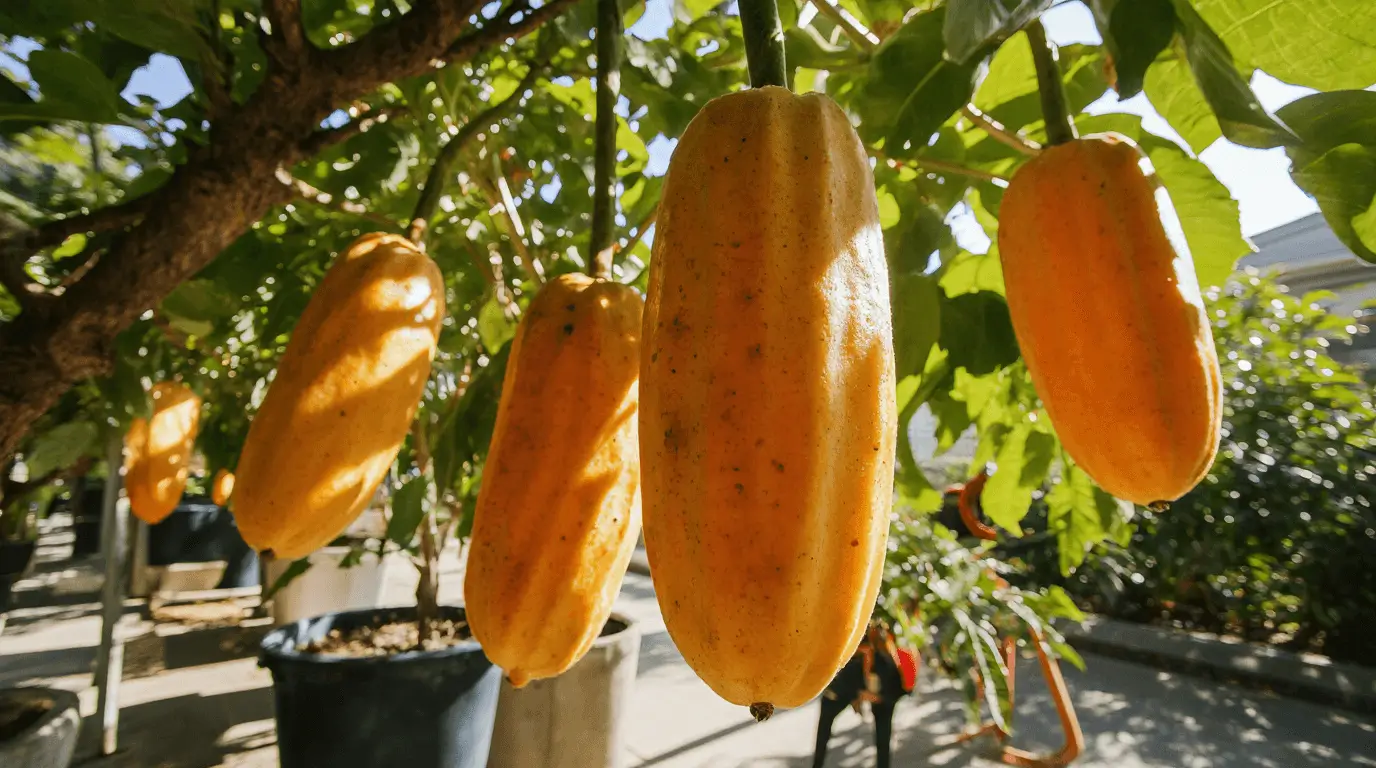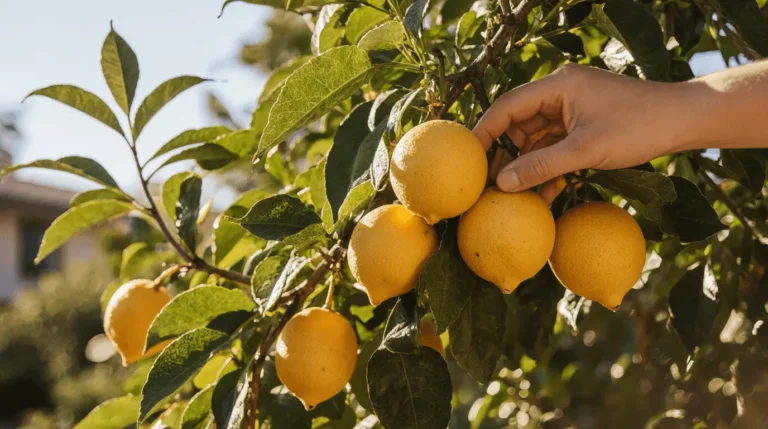When it comes to selecting the right papaya tree varieties for your garden, the decision depends on many factors—from space and climate to the fruit’s characteristics and your personal preferences. In my gardening experience, I’ve found that dwarf varieties like Pusa Dwarf thrive beautifully in smaller gardens, where limited space makes compact plants a blessing. These petite trees bring not just joy but a sense of fulfilling purpose as they flourish with care and sunlight, turning every corner into a vibrant patch of green life.
For those lucky enough to have spacious areas, the Maradol variety offers an abundance of rich flavor and irresistible taste. It’s truly enjoyable to choose a plant that fits your environment and matches your gardening style. The journey of growing papayas, from seedling to fruit, is one that fills your garden with beauty, growth, and a deep sense of satisfaction that every gardener cherishes.
🌴 Dreaming of Growing Your Own Papayas?
When I first started growing papaya trees in my backyard, I realized how much imagination and confidence go into gardening. Whether you have a patio, container, or a full garden, the choice of varieties makes all the difference.
The Hawaiian and Mexican types are among my favorites—each with its own characteristics, flavor, and ripeness stages that reward your patience. Their sweet fruit, surrounded by greenery, adds such vibrant energy to any home space, creating an inviting spot that feels alive. I’ve learned through experience that even tending a small tree can bring immense benefits for your health, nutrition, and overall well-being.
In this adventure of gardening, I always tell fellow gardeners and culinary enthusiasts to embrace their world of possibilities. With the right knowledge and tips, you can cultivate these unique gems that fill your life with lush, sweet moments and endless potential.
Every explore into nature teaches you how to meet your plant’s needs, from selecting the ideal soil to understanding how nurturing your plants transforms not just your garden but your life itself.
“Once you pick your favorite type, learn how to germinate papaya seeds for a strong start.”
Understand Papaya Varieties and Their Characteristics
When I started exploring different papayas, I was amazed by how many varieties exist across the Pacific, Mexican, and Hawaiian regions. The Solo and Red Lady types are known for their sweet, orange flesh and smaller size, which flourish beautifully in warm climates and home gardens.
If you prefer larger fruits, Maradol papayas, often weighing several pounds, offer a yellow hue and rich texture. For tight spaces or container gardening, dwarf types like Pusa Dwarf and TR Hovey meet the needs of smaller setups without sacrificing flavors or nutritional benefits.
As we move into 2025, the average prices for Maradol-type and Green-cooking-type papayas in San Francisco are around $0.55/lb and $0.53/lb, reflecting steady market trends for tropical produce. According to Edward A. Evans, an associate professor from the United States, the U.S. remains the top importer, showing the global significance of this fruit.
With their rich antioxidants, vitamins, and minerals, papayas promote health and support growing consumer awareness and demand. From grades and arrival guidelines to purchasing decisions in Canada or beyond, these vibrant fruits offer both economic opportunity and delicious variety for everyone who values quality and taste.
“If you enjoy tropical fruit trees like papaya, you’ll also love learning how to grow a jackfruit tree for your garden.”
“According to the University of Florida IFAS Extension, papayas thrive in full sun with well-draining soil and warm temperatures.”
Evaluate Ripeness and Seasonal Availability
Living in Florida, I’ve seen how papayas truly flourish in warm climates, making it the ideal place for their cultivation. I always plant mine in spring, just after the frost ends, giving the roots time to settle before the summer heat arrives. When assessing ripeness, I look for fruits turning from green to vibrant shades of yellow or orange—a clear sign they’re ripe.
A gentle pressed touch should feel soft, releasing a sweet, fragrant aroma that signals it’s time to harvest. Over the years, this gardening experience has taught me how timing affects flavors and the overall health of my plants.

Interestingly, unripe papayas contain papain, a natural enzyme known for its digestive and wellness benefits. For those who prefer non-GMO options, Nichole Dandrea-Russert recommends Kapoho and Sunrise Hawaiian types as some of the best to grow.
And if you enjoy experimenting in the kitchen, try turning your fresh harvest into Creamy Turmeric Papaya Pineapple Popsicles—a refreshing treat that captures the taste of summer and celebrates your hard work in the garden.
Select the Best Papaya Based on Your Garden Needs
When determining the best papaya for your garden, it’s important to think about a few factors such as space, climate, and the characteristics of the fruit you desire. In my gardening journey, I’ve noticed how small patios or limited areas can still become productive spaces with the right choices.
Dwarf varieties like Pusa Dwarf and TR Hovey thrive in containers and don’t require much room, making them perfect for compact gardens. Their sweet flavor brings joy to any gardener who loves simplicity and balance.
For those who live in warm climates and have larger gardens, Maradol, Red Lady, and Hawaiian types can provide a bountiful harvest of delicious fruit. These varieties not only adapt well to the environment but also suit different taste preferences, whether you’re looking for deep sweetness or tropical freshness. Understanding what your garden can handle and matching it with your desired outcome makes all the difference in choosing the right papaya for your space.

Conclusion
Selecting the right papaya depends on matching your garden’s space, climate, and your personal taste preferences. Whether you grow a dwarf variety like Pusa Dwarf in a small patio or a Maradol in a warm, open area, each choice offers its own rewards. With care and the right conditions, your gardening journey will be filled with joy, color, and a truly bountiful harvest of tropical sweetness.
“Looking to fill your space with more tropical charm? Explore fast-producing fruit trees, shrubs & vines that grow beautifully alongside papayas.”
FAQs
- Which papaya variety grows best in containers?
Pusa Dwarf and TR Hovey are excellent dwarf varieties that thrive in containers and are ideal for small gardens or limited areas. - What climate is ideal for papaya cultivation?
Papayas grow best in warm climates with good sunlight and protection from frost. They need consistent warmth to flourish and provide a healthy harvest. - How much space does a papaya tree need?
Dwarf varieties can grow in containers or patios, while larger varieties like Maradol and Red Lady need open room for their roots and canopy to spread. - Which papaya variety is the sweetest?
If you’re looking for sweetness, Hawaiian and Red Lady types are popular choices because of their rich, tropical flavors. - How can I ensure a successful papaya harvest?
Choose the right variety for your climate, maintain regular watering, and ensure good drainage. With proper care, you’ll enjoy a bountiful harvest and flavorful fruit throughout the season.




